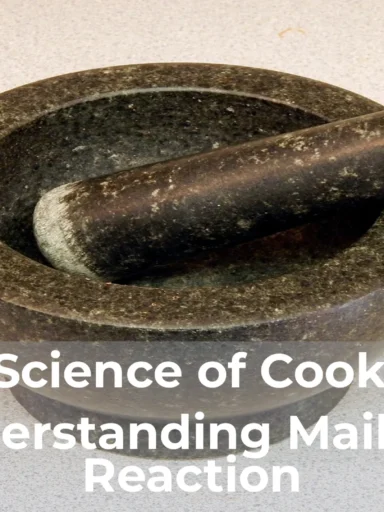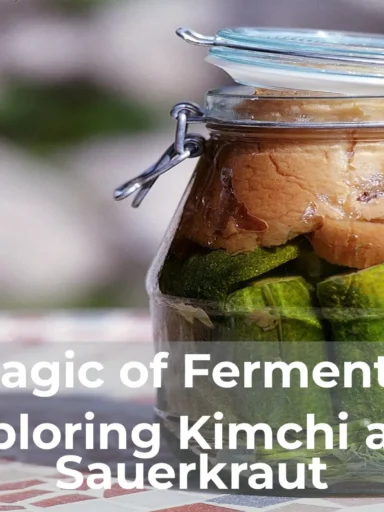Exploring Umami: The Fifth Taste
Umami, often referred to as the fifth taste, is a concept that has been gaining recognition in the culinary world. While sweet, sour, salty, and bitter have long been recognized as the four basic tastes, umami adds a whole new dimension to our understanding of flavor. Derived from the Japanese word meaning “deliciousness,” umami is described as a savory or meaty taste that enhances the overall taste experience.
Exploring the concept of umami opens up a world of possibilities in the kitchen. It is the taste that lingers on your palate, leaving you craving for more. Umami is not limited to specific foods, but rather it can be found in a wide range of ingredients such as tomatoes, mushrooms, soy sauce, and cheese. Understanding umami can help chefs and home cooks elevate their dishes by adding depth and complexity to flavors. So, let’s delve into the realm of umami and discover how this fifth taste can elevate our culinary adventures.
The Origin of Umami
Umami, often described as the fifth taste, has a mysterious origin that dates back centuries. Discovered by a Japanese chemist, Kikunae Ikeda, in the early 20th century, umami has since become a crucial element in culinary arts around the globe. Derived from the Japanese word for “deliciousness,” umami has a distinct savory flavor that enhances the taste of various dishes. Understanding the origins of umami not only provides insights into our taste buds but also sheds light on the rich history of culinary exploration.
The discovery of umami can be traced to a bowl of soup that captivated Kikunae Ikeda’s senses. While enjoying a traditional Japanese dashi broth made from kombu seaweed, Ikeda couldn’t help but wonder about the unique taste that made the soup so satisfying. Intrigued, he embarked on a scientific journey to unravel the secrets of this remarkable flavor. Through his meticulous research, Ikeda identified glutamic acid as the compound responsible for umami, leading to the development of monosodium glutamate (MSG) as a flavor enhancer.
However, umami’s roots go beyond the scientific realm. It is believed that the Japanese concept of umami harmoniously aligns with other cultures’ notions of deliciousness. Many traditional cuisines around the world, such as Chinese, Thai, and Italian, have long relied on umami-rich ingredients like soy sauce, fish sauce, and aged cheeses to create complex and satisfying flavors. This suggests that umami is not just a scientific discovery but also a culinary heritage embedded in various cultures, showcasing the universal appeal of this remarkable taste.




